|
Getting your Trinity Audio player ready...
|
Heroes, we are told, come in many shapes and forms. And that’s true. Sometimes they wear a uniform. Which makes Memorial Day the perfect time to recall a hero all South Carolinians can be proud of.
When the newly-formed 2nd South Carolina Infantry marched off from Camden for the War Between the States, Richard Rowland Kirkland went with it. Though he wouldn’t turn eighteen for several months, he had enlisted before his older brothers. He was on that hot battlefield in Northern Virginia in July 1861when Stonewall Jackson earned his famous nickname. He also fought on the Peninsula the following summer and went through the particularly savage battle of Sharpsburg (Antietam to the North) in Maryland, an engagement so horrific that the day it was fought, September 17, 1862, remains the bloodiest single day in American military history.
Kirkland, then 19, was a hardened combat veteran as that first full year of the war drew to a close. An image of him taken around that time shows a slender young man with a long face, eyes alert and piercing, hair that was neatly parted to one side already showing hints of recession to come, a dark mustache, likely grown to add an air of maturity to complement the three stripes of a sergeant on his sleeve.
(Click to view)
But there was something about Kirkland the photographer did not capture – something deep within his heart that only emerged amid the cruelty of war.
Kirkland was in the ranks as the 2nd Palmetto (as the regiment was also known) was drawn up on the hills below Fredericksburg, Virginia that December. These men knew what was coming. Across the Rappahannock River, a few miles away, Union major general Ambrose Burnside had assembled a powerful 122,000-man army. Less than 80,000 Southerners stood between it and their capital in Richmond.
Burnside’s original plan had been sound — until Washington bureaucrats bungled it. Some paper shuffler within the bowels of the War Department mishandled the order to rush pontoon bridges to the scene. Burnside needed them to cross the river. The delay gave Confederate general Robert E. Lee crucial time to fortify the high ground south of the city.
When the pontoon bridgeds finally arrived, and the chances for a Union victory had already departed, Burnside stubbornly pushed ahead with the attack. The resulting Battle of Fredericksburg on December 13 was more than a Southern victory. It was a bloodbath, a senseless slaughter that was doomed to fail before it even began.

***
At Marye’s Heights – where Kirkland’s regiment was positioned – the Federals marched the length of six football fields across an open plain, artillery shells decimating their lines with each step until they got close enough for the infantry’s rifles to do their work. Watching the carnage unfold through field glasses, Lee said, “It is well that war is so terrible — lest we grow too fond of it.” Abraham Lincoln’s assessment was bluntly to the point. The attack was, he said later, “butchery.”
When the fighting was over, nearly 1,300 Northerners and more than 600 Southerners — Americans all — were dead. Nearly 8,000 more Federals were lying injured before the stone wall at the base of Marye’s Heights.
A Civil War battlefield was no place to be wounded. The medical treatment seen in the TV series M*A*S*H was nearly a century into the future. And the .58 caliber “minie ball” bullets used by both sides were so large they tore gaping holes into the bodies they struck.
(Click to view)
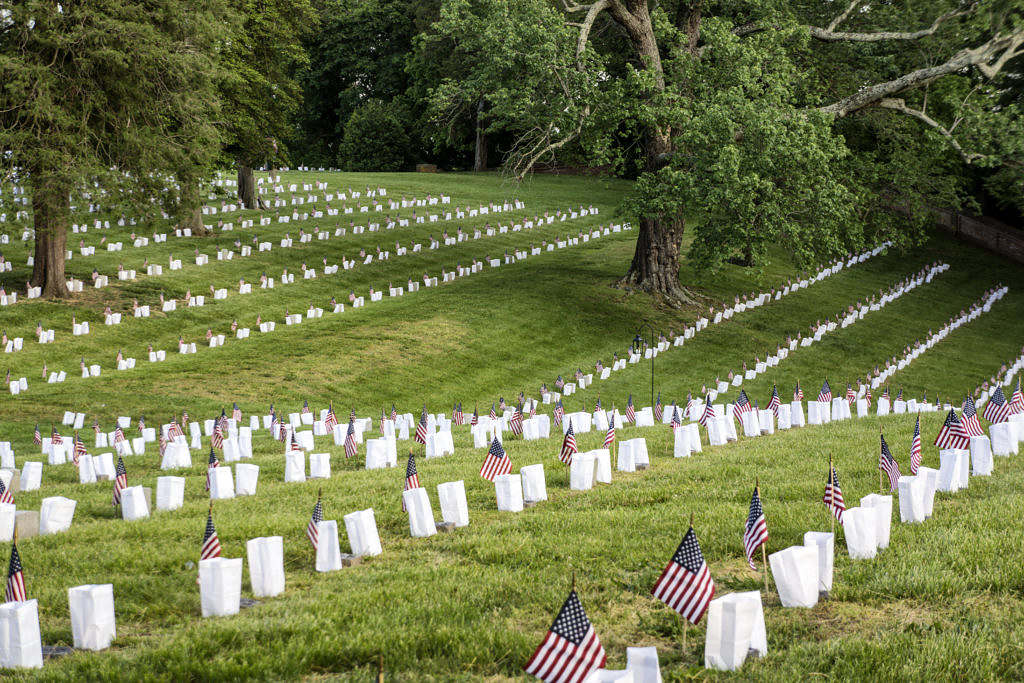
As the sun began sinking that cold Saturday afternoon, the cries of the wounded and dying were too much for young Kirkland to bear. He and the 2nd South Carolina were safe behind a stone wall. Although the battle was over, there was still plenty of shooting. Pickets on both sides were blasting away with the Northerners anxiously on the lookout for any sign of a Southern counter-attack or movement.
Which made what Kirkland did next so extraordinary.
Accounts differ in small details, but this much is certain: The young soldier from Kershaw County simply couldn’t stand hearing his injured enemies bleeding on the other side of the wall crying out in pain. Open trauma wounds make the patient thirsty, and countless voices were calling for water.
Kirkland wanted to help them. But military protocol prohibited it. With no time to waste, he went directly to the big boss and asked permission. Brigadier general Joseph Kershaw had started the war as the 2nd South Carolina’s colonel. He later recollected that he first told Kirkland no; it was just too risky. But when Kirkland persisted, Kershaw gave in. Though he drew the line on one point: Kirkland was denied permission to carry a white flag for fear Federals watching from afar might mistake it as a sign of surrender. He could go to the wounded, but whatever happened was his own responsibility. His reply: “Alight, sir, I’ll take my chances.”
(Click to view)
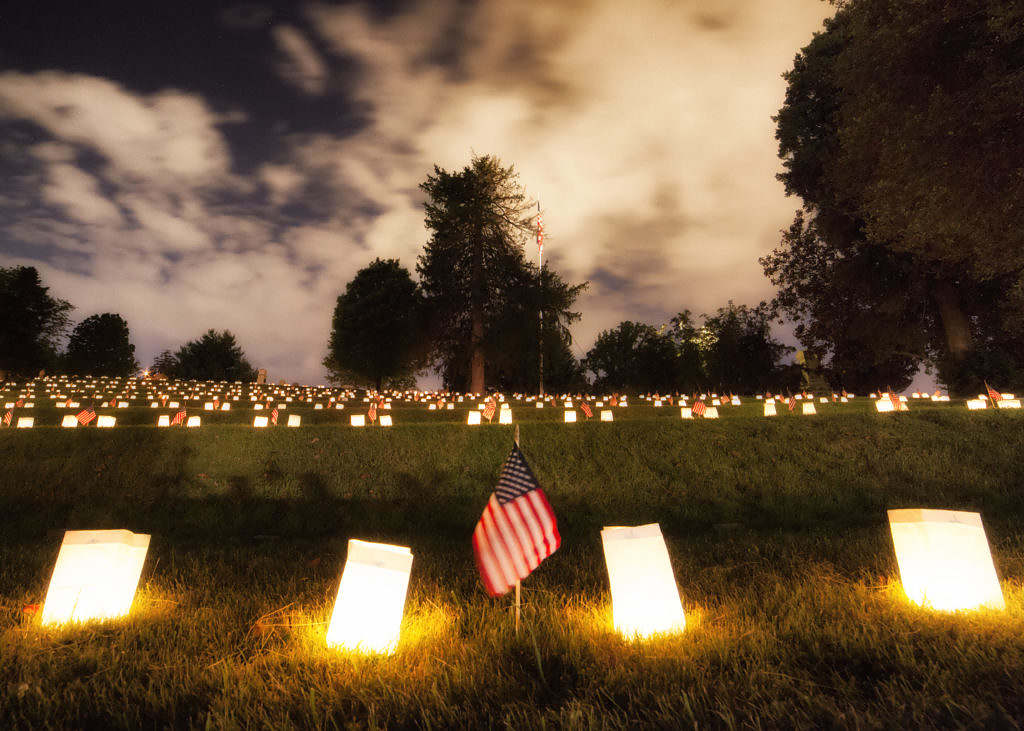
The young South Carolinian rounded up all the canteens he could find — big clunky affairs made of metal and sometimes wood — and filled them with water. Then he hopped over the wall.
His comrades held their breath. Incredibly, there were no gunshots. Kirkland helped everyone he could reach who needed it, regardless of what color uniform they were wearing. When he ran out of water, he returned for more. As darkness descended and the temperature began dropping, he brought over blankets. Kershaw said he watched the daring humanitarian missions for 90 minutes.
When it was over, Kirkland had gained a nickname. He was known from that day forward as the “Angel of Marye’s Heights.”
Sadly, Kirkland didn’t live to see the war’s end. He was killed nine months later in the Battle of Chickamauga in North Georgia. His family later returned his remains to Camden, and he rests today in that city’s Old Quaker Cemetery. His commanding officer, general Kershaw, is buried a few yards away.
Civil War buffs stop by the gravesite to honor the memory of a soldier whose sympathy for the suffering knew no North, no South. Every so often, one leaves a canteen on his tombstone in tribute.
***
ABOUT THE AUTHOR…
J. Mark Powell is an award-winning former TV journalist, government communications veteran, and a political consultant. He is also an author and an avid Civil War enthusiast. Got a tip or a story idea for Mark? Email him at mark@fitsnews.com.
***
WANNA SOUND OFF?
Got something you’d like to say in response to one of our articles? Or an issue you’d like to address proactively? We have an open microphone policy! Submit your letter to the editor (or guest column) via email HERE. Got a tip for a story? CLICK HERE. Got a technical question or a glitch to report? CLICK HERE.
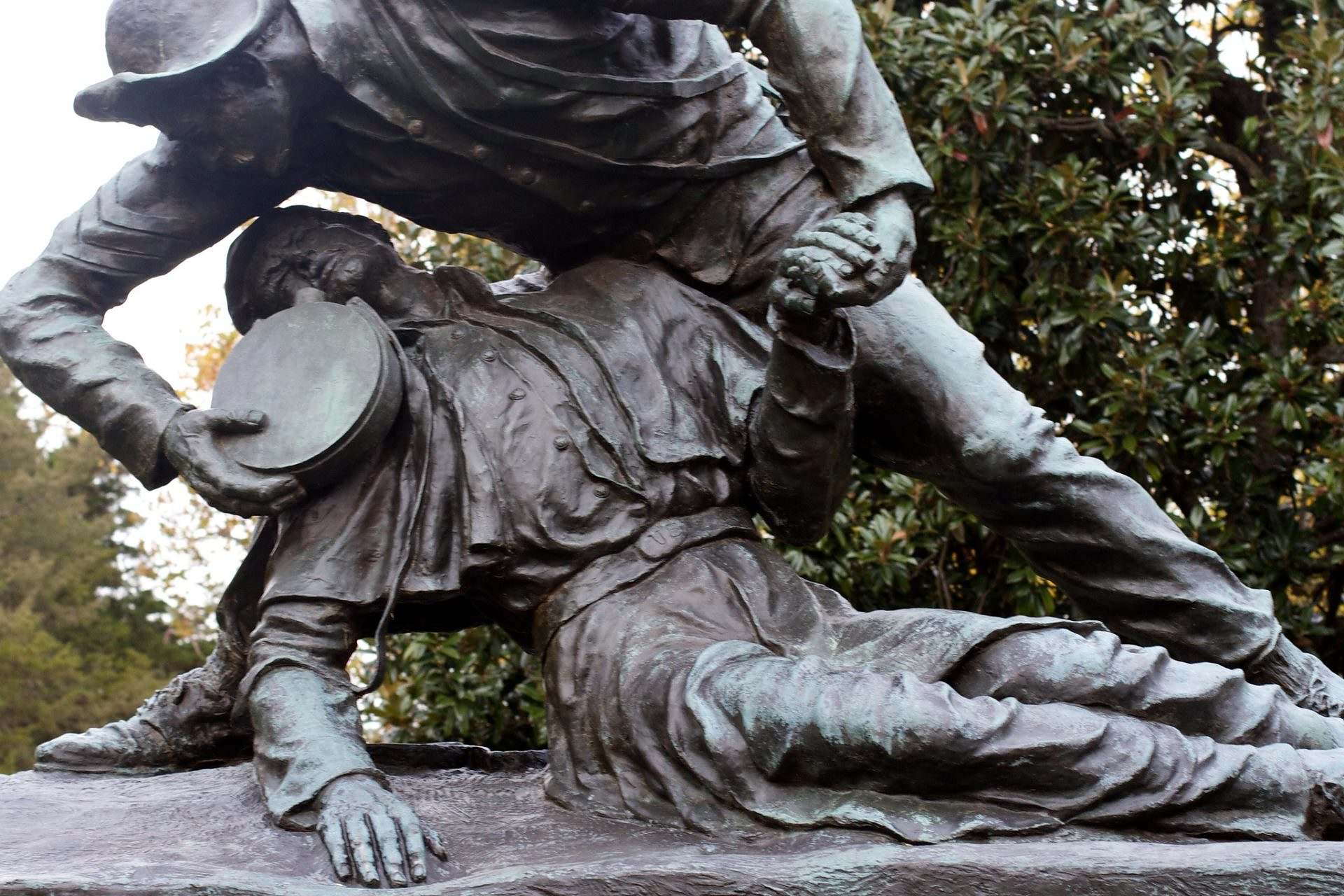
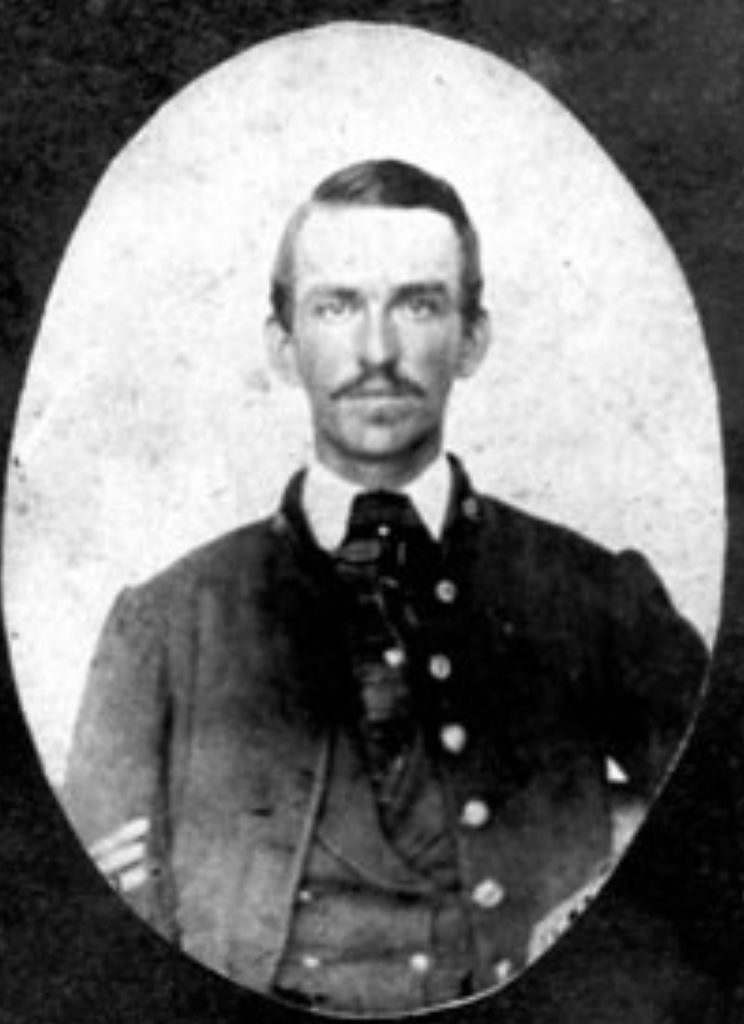
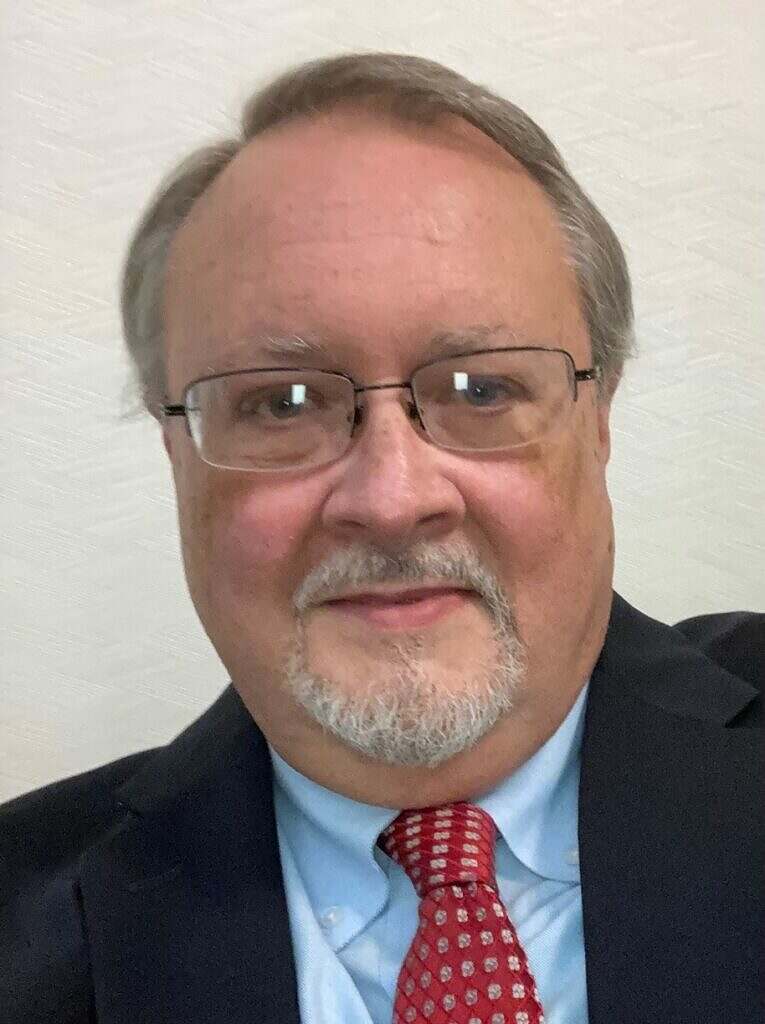

2 comments
Thank you Mr Powell for this marvelous account regarding Richard Kirkland, a story I had not previously known. Makes me proud to be a Sandlapper,
With sincere good wishes,
Rev Charles H Roberts
Great article